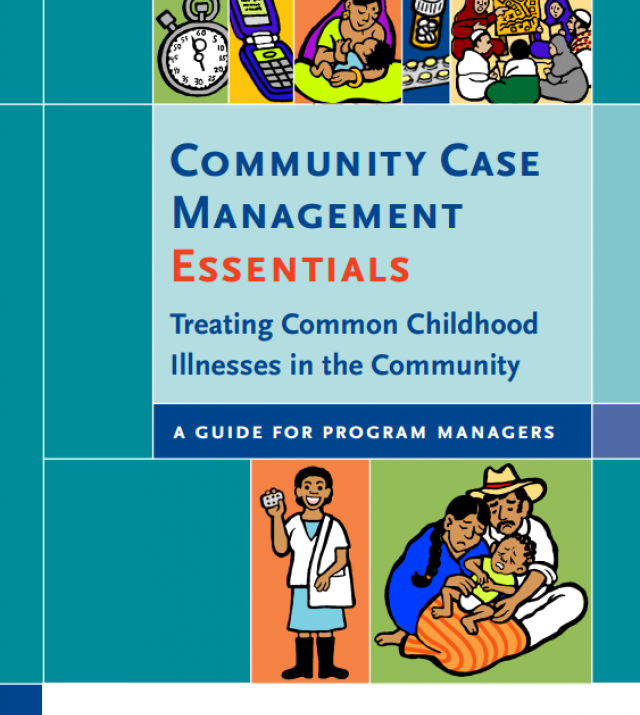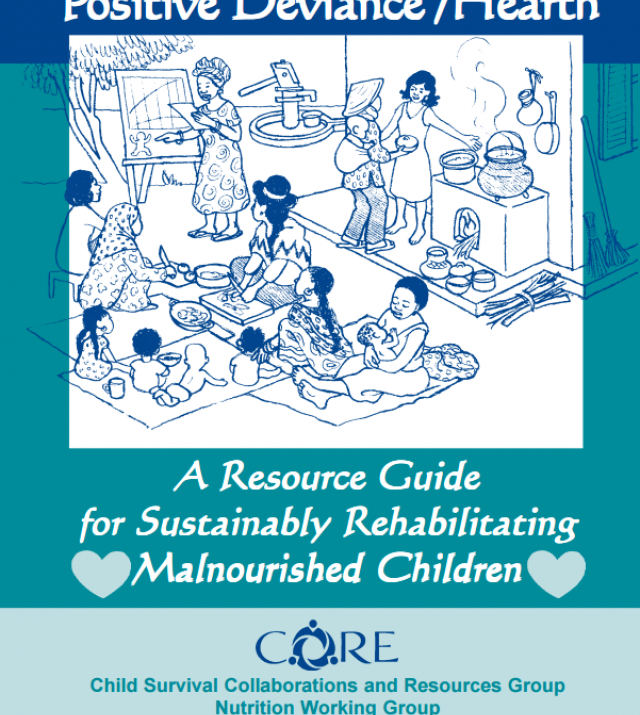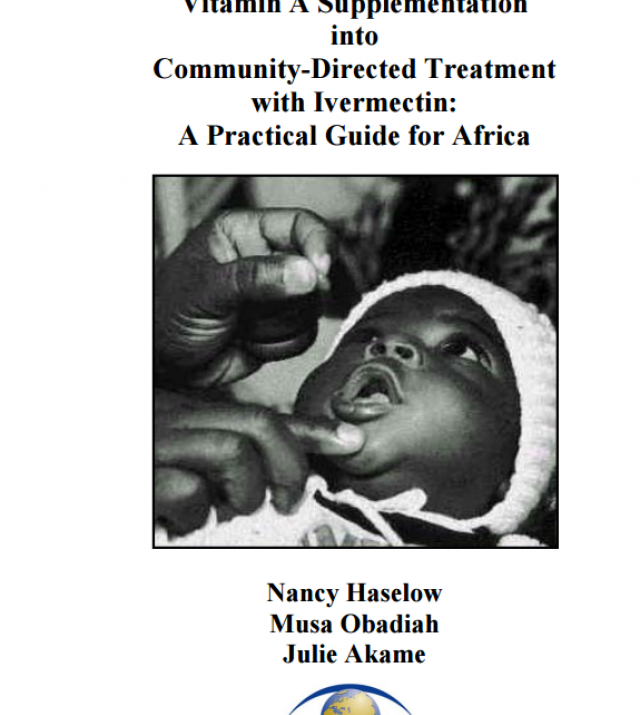
Community-based Integrated Management of Childhood Illnesses (C-IMCI) Program Guidance

In 1992, the World Health Organization (WHO) and the United Nations Children’s Fund (UNICEF) developed the Integrated Management of Childhood Illnesses (IMCI) strategy to address the five major causes of child mortality -- diarrhea, pneumonia, malaria, measles and malnutrition. The cornerstone of the IMCI strategy was the development of standard treatment guidelines and training of health workers.
In 1997, Community IMCI, improving household and community practices, was added as the third component of a comprehensive IMCI strategy (1. Improving the skills of health workers; 2. Improving health systems; and 3. Improving household and community health practices.) Community IMCI, or C-IMCI, focuses on the role of sixteen key health practices within the household and community.
This document provides an overview of the C-IMCI framework. The C-IMCI framework consists of three elements and a multi-sectoral platform that focus on specific behaviors and practices of health workers and caregivers of young children. Included in this document: the history of C-IMCI’s development, its elements, benefits, and rational for use.

